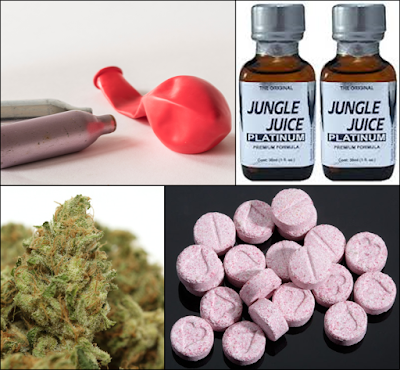Why do young people think some drugs are 'safe' or 'harmless'? Put simply, we tell them 'lies' and we don't teach them to 'respect' all drugs

The most commonly used definition of a drug is "any substance (with the exception of food and water) which, when taken into the body, alters the body's function either physically and/or psychologically." Drugs can be legal, illegal or pharmaceutical and can be taken in a variety of ways, including "via inhalation, injection, smoking, ingestion, absorption via a patch on the skin, or dissolution under the tongue." Over the past 18 months I have been talking (and writing) about a number of substances that appear to be becoming increasingly popular with school-based young people - nitrous oxide ('nanging') , 'jungle juice' (or amyl nitrite) , cannabis , and ecstasy/MDMA . With all of these, growing numbers of students are telling me that they (or at least, their friends) believe these drugs to be 'safe' or 'harmless' - two words that you don't ever want to hear young people use in relation to drugs. Now, before you start to...
